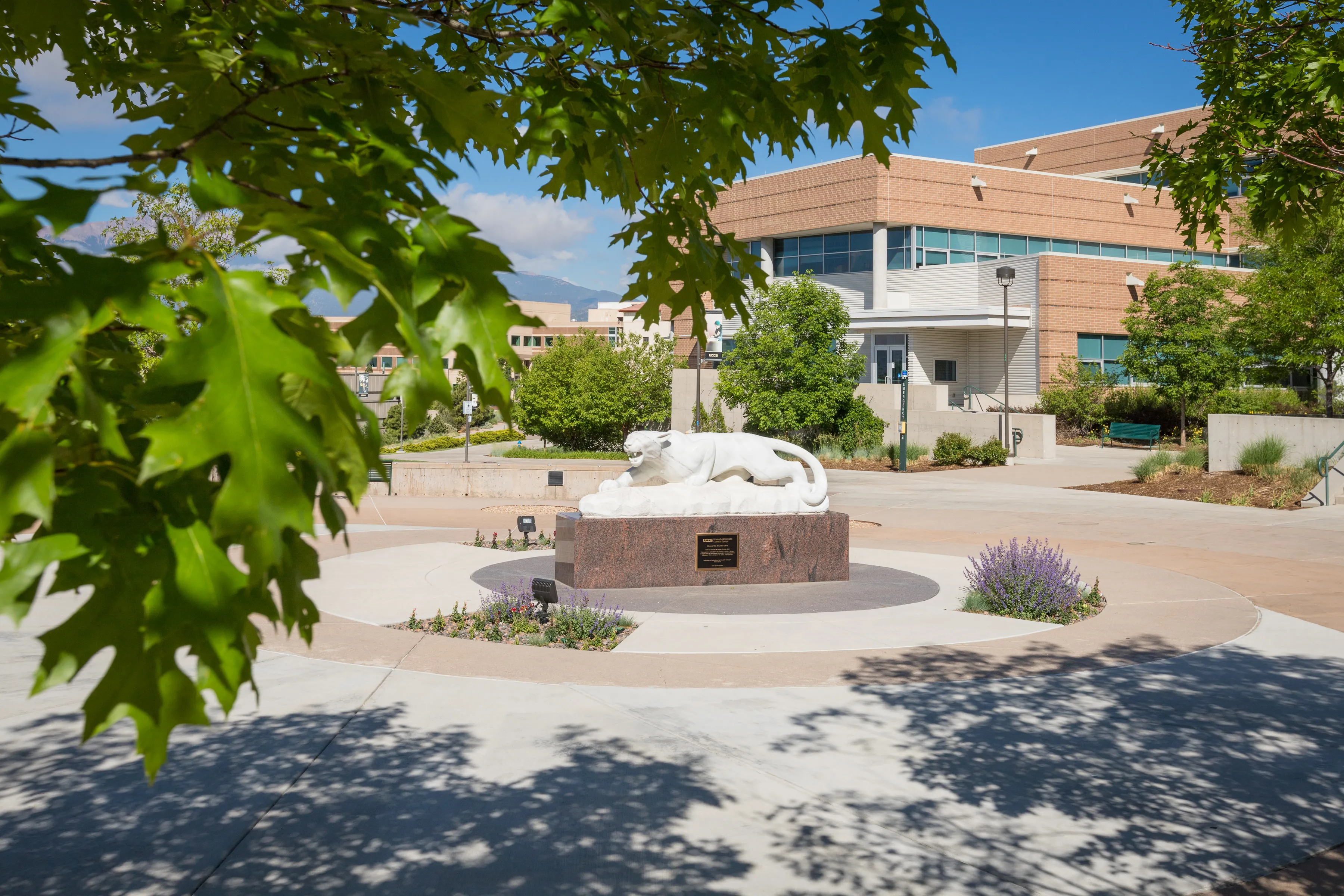
Lab Safety Program
UCCS Laboratory Safety Guidelines
This guideline applies to all UCCS operated (leased or owned) facilities and equipment (including vehicles). It also applies to any UCCS employee, volunteer or student worker who works directly with chemicals or other physical hazards, or is in close proximity to anyone conducting research using chemicals or other physical hazards which falls under federal and state regulations or guidelines who should be familiar with all portions pertinent to their work.
The degree of protection required is based on the potential hazard posed by the material under both ordinary and emergency working conditions. Issues and hazards specific to individual laboratories, including personnel training, should be addressed in a Laboratory Safety Plan which should be prepared by every laboratory. For purposes of this guideline, laboratory is defined in very broad terms as "a building, part of a building, or other place equipped to conduct scientific experiments, tests, investigations, etc. or in which chemicals or other physical hazards are utilized as a normal part of operations." There is no requirement for significant chemicals to be present in order for the location to fall under this guideline. However, there are areas on campus which are not normally thought of as a laboratory that are subject to this guideline. The following is an example of areas subject to this guideline:
- Chemistry academic and research labs
- Biology academic and research labs
- Physics academic and research labs where chemical/physical hazards are present
- Engineering academic and research labs where chemical/physical hazards are present
- Health Sciences academic and research labs where chemical/physical hazards are present
- Biofrontiers Labs
- Photography Lab
- Art studios where chemical/physical hazards are present
This list is not intended as an exclusive list but rather as an example.
The areas listed above are also subject to the requirements of:
This plan discusses safe practices and procedures for research and educational laboratories and for day to day operations involving the use of hazardous materials. It is not intended to be a fully comprehensive reference but rather a starting reference. There may be chemicals, procedures and other circumstances in each laboratory that present unique or unusual hazards not addressed here; these hazards are best addressed by the principle investigator or supervisor of the respective laboratory with specific operating procedures developed in consultation with Environmental Health & Safety (EHS) if necessary. Further information on general chemical safety or specific items can be obtained through the Environmental Health & Safety (EHS) office.